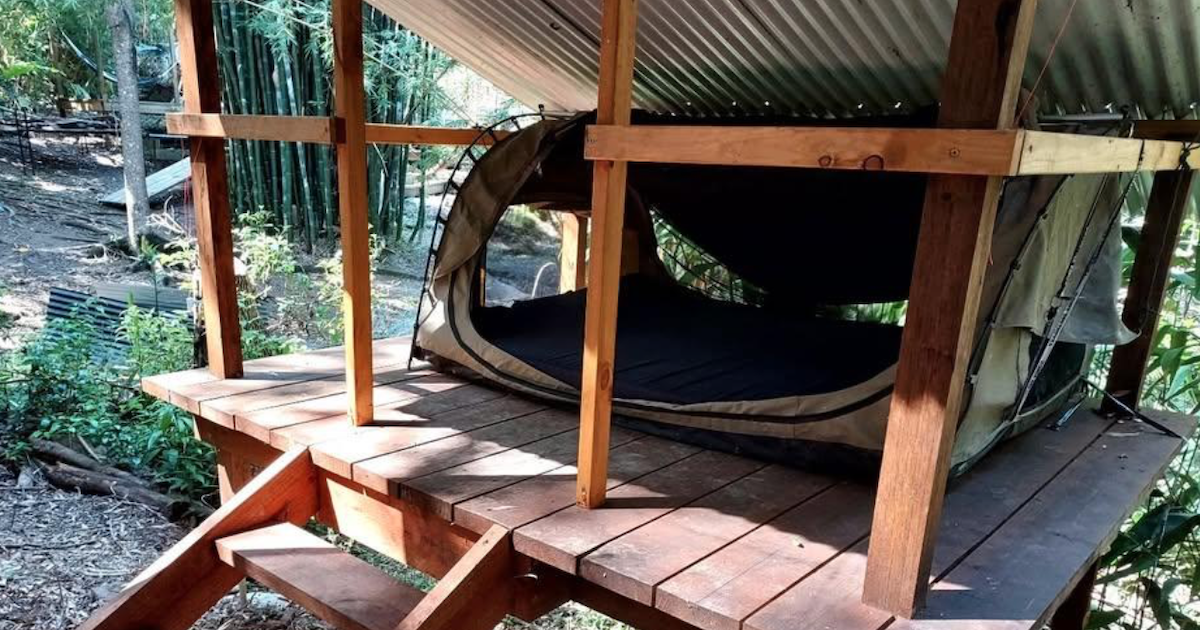Water safety tips
Victorian Department of Health
Do you backstroke in the bay, shiver in the ocean, plunge in the pool or skim on the surface?
We all enjoy the water in different ways. But wherever you make your splash, the important thing is to stay safe. Here are a few tips for preventing injury and incident on the water, for yourself and others.
To be safe at the beach:
• Make sure everyone in your family learns to swim.
• Swim at a beach patrolled by lifesavers.
• Swim between the red and yellow flags. They mark the safest areas to swim.
• Swim under supervision or with a friend.
• Read and obey the safety signs.
• Ask a lifesaver if you are unsure of conditions.
• Beware of sandbanks – the depth of the water can change dramatically and very quickly.
• Go surfing with someone else.
• Don’t swim right after you’ve had a meal.
• Don’t swim under the influence of alcohol or drugs.
• Don’t run and dive in the water.
• Check it is okay to swim before you enter the water. Remember that conditions change regularly and quickly.
• Use at least 30+ sunscreen.
• Wear a long-sleeved shirt, broad-brimmed hat and sunglasses.
• Do not panic if you get caught in a rip at a patrolled beach. Float with the rip and raise one arm for assistance.
• Wear a foot strap when surfing or a wrist strap when body boarding.
To be safe at the river:
• Throw in a twig to check how fast the river is flowing. River currents are often stronger than they appear. Remember, the current is stronger around the outside of a bend in the river.
• Float on your back and travel downstream feet first to protect your head from impact with any objects if you are caught in a current. Angle your travel towards the shore.
• Keep watch for trees, branches, rocks and rubbish. Submerged objects can be very dangerous. Always remember to enter the water feet first.
• River conditions can change rapidly due to heavy rainfall or the release of water from storage areas. An area that is safe in the morning can be dangerous in the afternoon.
• Beware of changes in the floor surface and depth.
• Take care on riverbanks. They are often slippery and can crumble away. This may cause you to accidentally fall into the water.
To be safe at the lake:
• Be aware of water temperature. Cold water in lakes can be lethal. It is often much colder beneath the surface than you think. Suddenly getting into cold water can cause distress, shock and lack of mobility. If you feel cold, get out of the water straight away.
• Enter the water feet first. The bottom of lakes and rivers can be soft, uneven and changeable. Beware of submerged objects.
• Remember wind will cause choppy waves that make it dangerous to swim. Large lakes may look calm, but conditions can change quickly.
• Take care with floating toys on windy days, as you can easily be blown away from shore.
For more safety tips around water, head to www.betterhealth.vic.gov.au/health/healthyliving/swimming-preventing-injury.



















